No Take Two by Pawel Achtel
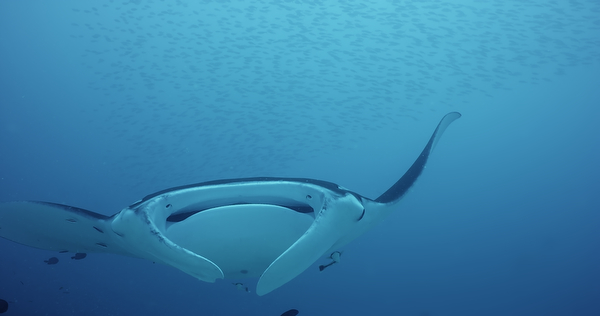
No Take Two (Filming Sea of Love 3D IMAX film)
By Pawel Achtel.
I am currently filming for Sea of Love, a 3D Giant Screen film. It explores the many ways marine animals show their love for each other. It begins where love is irrelevant - with the spectacle of mass coral spawning, the ultimate in indiscriminate coupling - but then reveals the intimate and social bonding behaviour of the ocean’s real lovers.
Intimate animal behaviour is rarely seen, and even more difficult to film. It can be rarely predicted with desired accuracy and it can be all over in a blink of the eye. The “actors” are unaware of the script and there is no dress rehearsal. There is no second chance or take two.
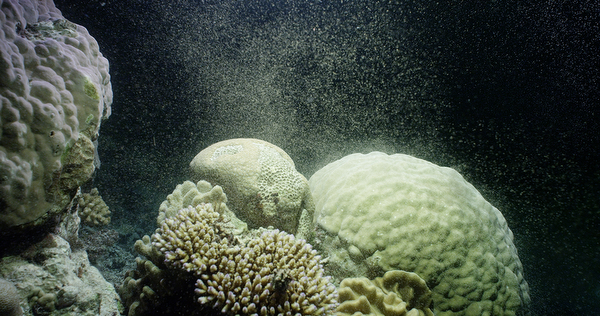
Our Coral Spawning trip required extensive research of our “actors”, timing and location of the anticipated spectacle. We needed to pin point the climax, as this is what we were most interested to capture. It happens at night and each species has preferred timing, position of the moon, tide and current assisting them with their performance.
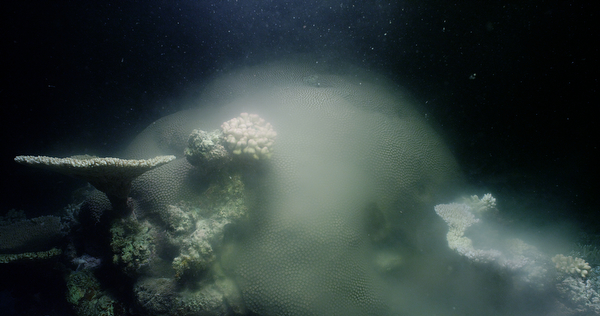
This meant being in the water with the camera focused and lights set up waiting for the exact moment. Once they get into the mood, they release the sperm and millions of eggs within seconds and, once the sperm and eggs are released there is no more sex until the next year. If you looked in the wrong direction for just a few seconds, you could miss the whole event and months of preparations and all the effort would go in vain. For this reason it is important to have the cameras focused correctly, aimed at where the action will take place, synchronised, shutters Gen-locked, framed correctly and with the right amount of 3D parallax.
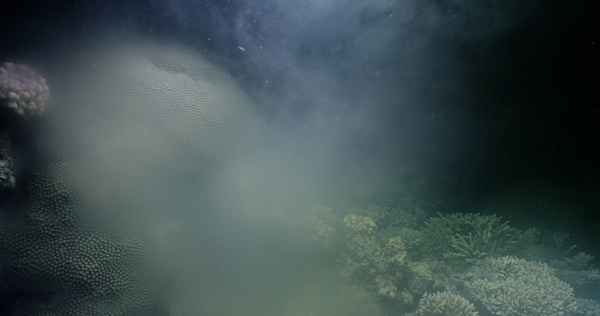
After spending hours in the darkness you often ask yourself: have I just missed it or is it going to go off in a second? And, finally they went off. First was the male colony of large Porites sp. coral released huge cloud of sperm within seconds. Then, within just a few minutes and some distance away, a female Porites sp. colony, released a snowfield of little eggs. Luckily, I was able to capture both male and female climax in all desired glory. How rare is such a show? According to one research scientist onboard, a professor at James Cook University, he has never seen Porites sp. spawning in the wild. We were lucky: This was not only and extremely rare, but also very spectacular coral love affair.
Earlier this year my search for love in the sea took me to one of the most abundant ocean habitats and home of thousands of ocean lovers: Palau in Micronesia. Here, our aim was to scout for locations, research spawning and mating aggregations and film some of the action. The reason Palau has an incredible array of marine life is because of strong currents bringing particles and nutrients from deeper waters. Sometimes, the currents are so strong that it is impossible to even remain the same position and even divers with no cameras are swept away downstream. The surface conditions were even worse; huge waves and winds tossing the boat like a toy in a bath.
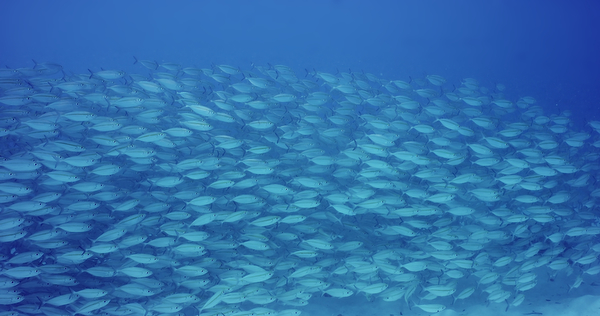
The small size and titanium construction of the 3Deep housing was a good choice for these conditions and I was rewarded with some spectacular 3D images fish aggregations. I was also able to get lots of footage of shark and manta ray cleaning and feeding behaviour. Our modified RED Epic cameras fitted with custom Colour Science filtering can not only see through milky water with astounding clarity and sharpness, but now can also overcome the grey-magenta tint and reproduce pleasing gradations of blue water colour while retaining other colours at the same time.
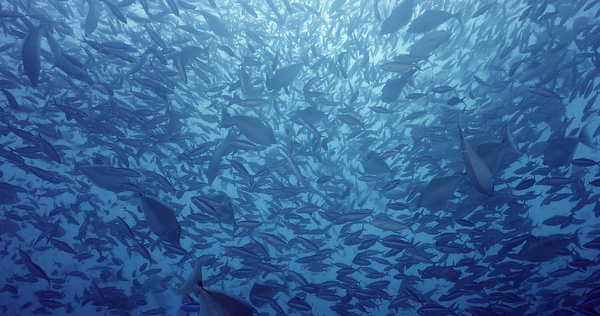
The reason people go to watch Giant Screen films is to experience a spectacle. The success of achieving that spectacle lies in capturing the beauty, action and colour of the underwater romance, knowing that this is once in a lifetime opportunity with no second chance to capture it again.
About the author:
For over 20 years, Pawel Achtel has dedicated much of his time to wildlife film making. As a film maker, he believes in continuous improvement by merging science-based camera technology with research-based animal behaviour.
He has also designed and manufactures the innovative 3Deep housings for digital cinema, particularly for RED EPIC cameras, and which use Nikonos lenses.